Sonchus oleraceus? ABAUG2016/60
Ashwini Bhatia
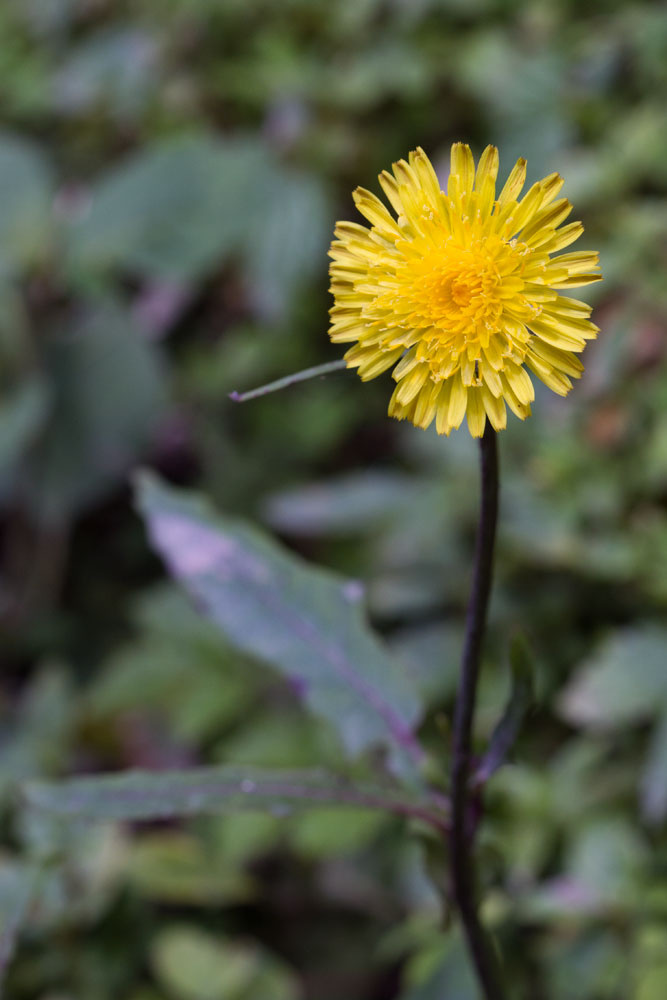
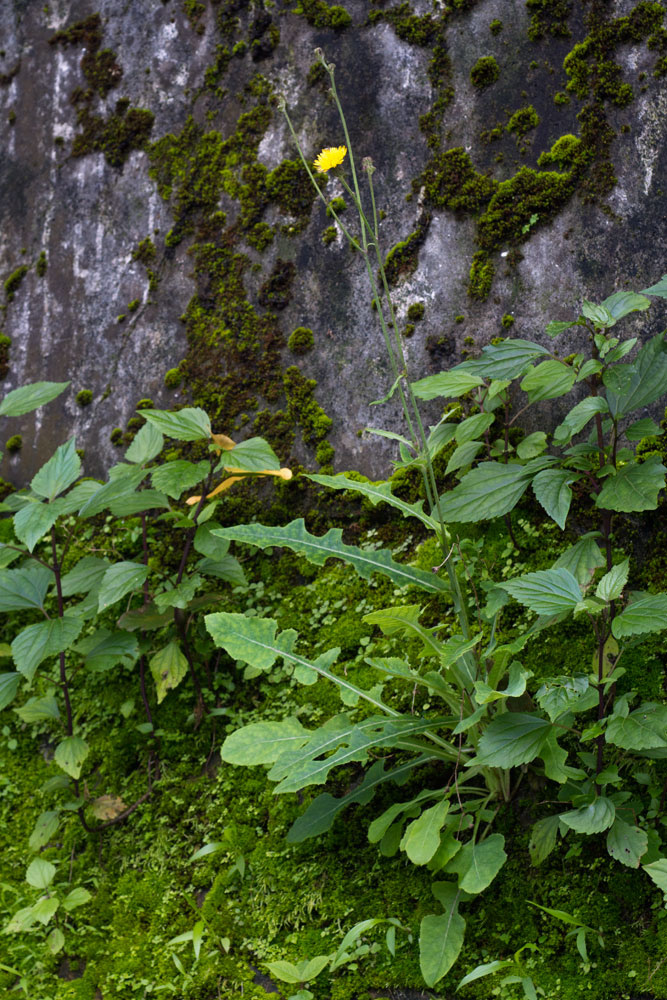
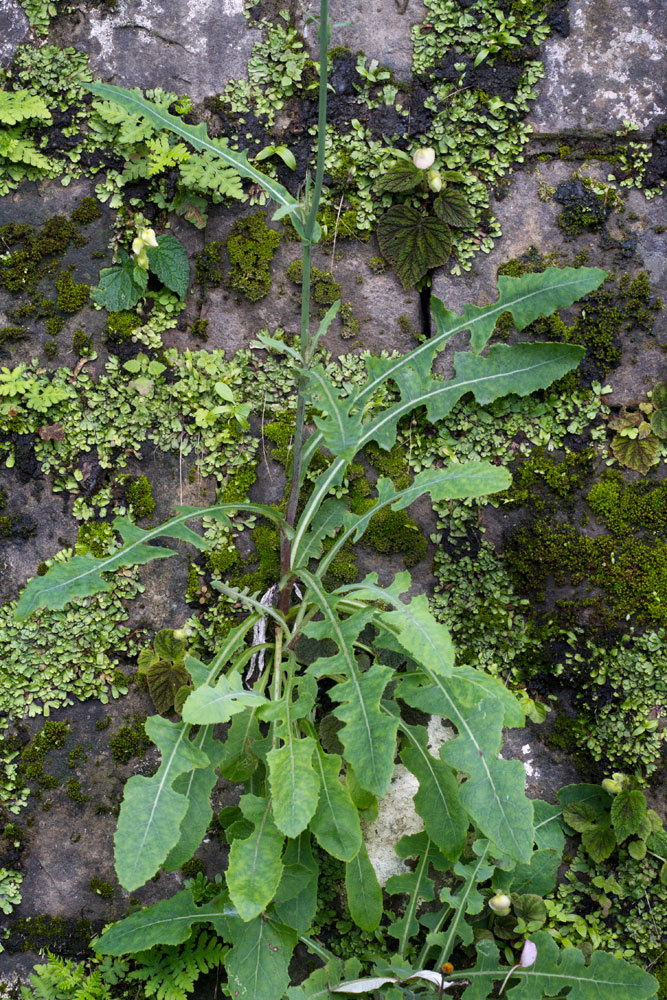
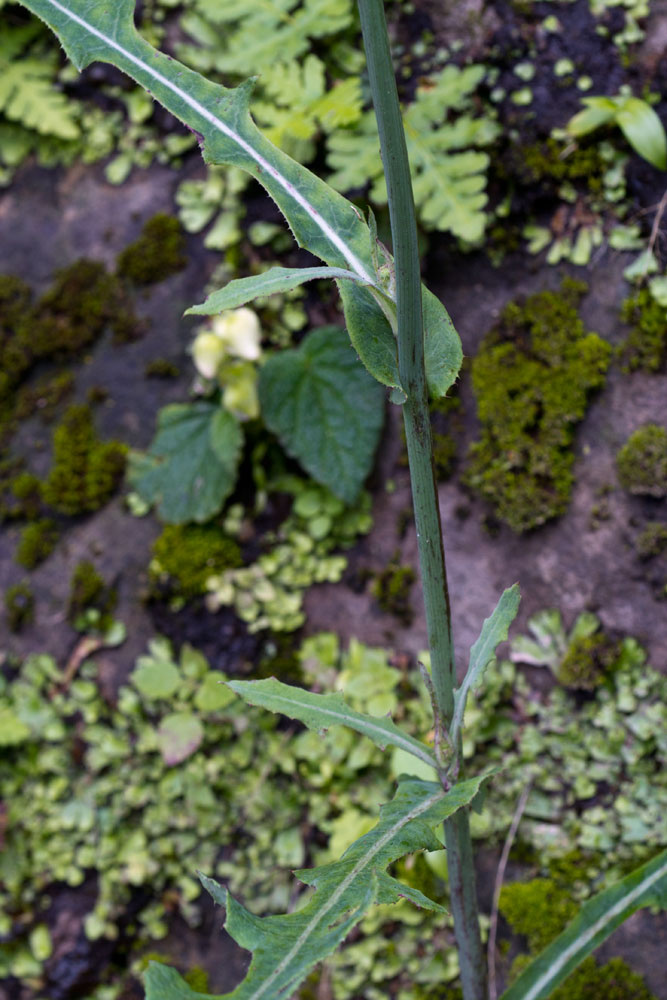
J.M. Garg
--
You received this message because you are subscribed to the Google Groups "efloraofindia" group.
To unsubscribe from this group and stop receiving emails from it, send an email to indiantreepix+unsubscribe@googlegroups.com.
To post to this group, send email to indian...@googlegroups.com.
Visit this group at https://groups.google.com/group/indiantreepix.
For more options, visit https://groups.google.com/d/optout.
--
J.M.Garg
'Creating awareness of Indian Flora & Fauna'
Winner of Wipro-NFS Sparrow Awards 2014 for efloraofindia.
For identification, learning, discussion & documentation of Indian Flora, please visit/ join our Efloraofindia Google e-group (largest in the world- around 2700 members & 2,40,000 messages on 31.3.16) or Efloraofindia website (with a species database of more than 11,000 species & 2,20,000 images).
The whole world uses my Image Resource of more than a thousand species & eight thousand images of Birds, Butterflies, Plants etc. (arranged alphabetically & place-wise). You can also use them for free as per Creative Commons license attached with each image.
Also author of 'A Photoguide to the Birds of Kolkata & Common Birds of India'.
J.M. Garg
To unsubscribe from this group and stop receiving emails from it, send an email to indiantreepix+unsubscribe@googlegroups.com.
To post to this group, send email to indian...@googlegroups.com.
Visit this group at https://groups.google.com/group/indiantreepix.
For more options, visit https://groups.google.com/d/optout.
J.M. Garg
From: M Swamy <swamy...@gmail.com>
Date: 28 August 2016 at 16:57
Subject: Re: [efloraofindia:249923] Sonchus oleraceus? ABAUG2016/60
To: "J.M. Garg" <jmg...@gmail.com>
Ashwini Bhatia
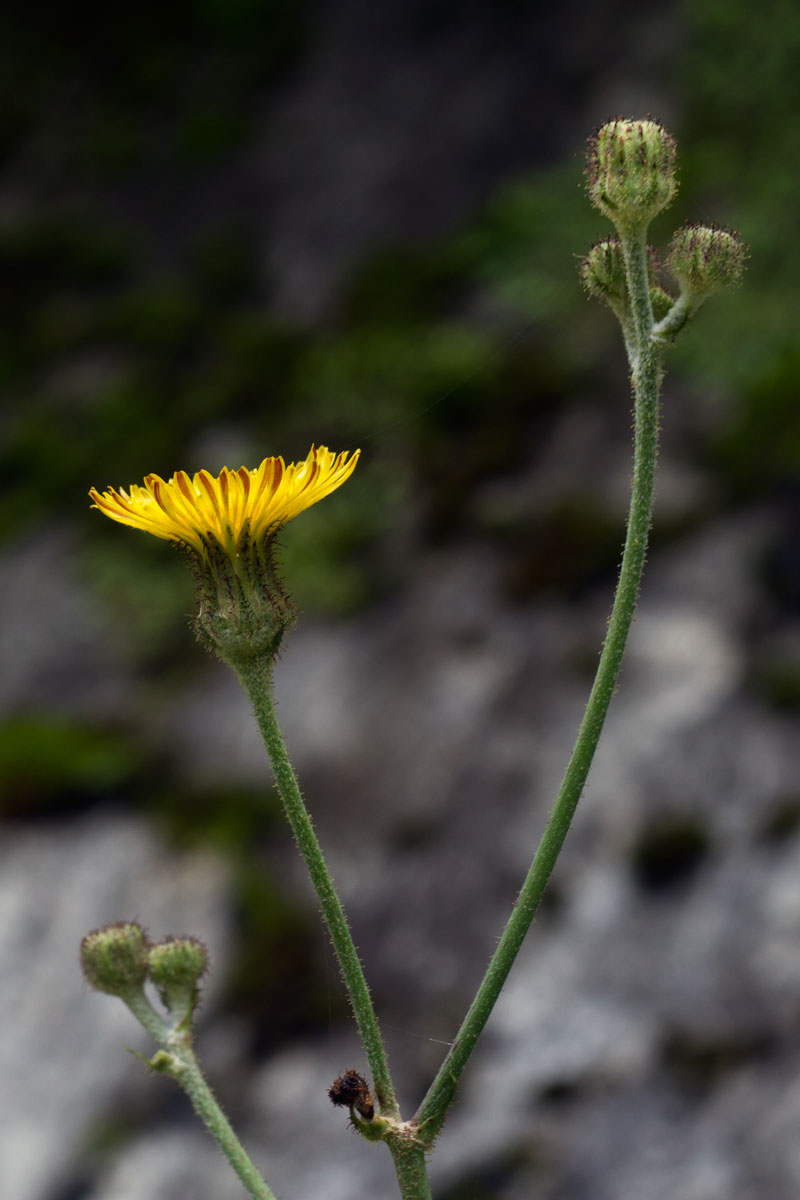
On 27 Aug 2016, at 10:56, J.M. Garg <jmg...@gmail.com> wrote:
Appears close to images at Sonchus oleraceus (L.) L.
---------- Forwarded message ----------
From: Ashwini Bhatia <ash...@ashwinibhatia.com>
Date: 23 August 2016 at 14:25
Subject: [efloraofindia:249923] Sonchus oleraceus? ABAUG2016/60
To: indian...@googlegroups.com
This tall sow thistle is very common these days. The upper leaves are narrow while the lower ones are lobed and large. Could this be S. oleraceus? Please advise.Sonchus oleraceus—Sow ThistleMcleodganj, HP1750m19 July 2016Thanks.Ashwini
<_MG_7027_19Aug2016.jpg><_MG_7028_19Aug2016.jpg><_MG_7018_19Aug2016.jpg><_MG_7012_19Aug2016.jpg>
--
You received this message because you are subscribed to the Google Groups "efloraofindia" group.
To unsubscribe from this group and stop receiving emails from it, send an email to indiantreepix+unsubscribe@googlegroups.com.
To post to this group, send email to indian...@googlegroups.com.
Visit this group at https://groups.google.com/group/indiantreepix.
For more options, visit https://groups.google.com/d/optout.
Gurcharan Singh
SGTB Khalsa College, University of Delhi, Delhi-110007
Res: 932 Anand Kunj, Vikas Puri, New Delhi-110018.
Phone: 011-25518297 Mob: 9810359089
Ashwini Bhatia
On 28 Aug 2016, at 22:51, Gurcharan Singh <sing...@gmail.com> wrote:
In S. brachyotes peduncles and phyllaries are mostly glabrous, rarely white tomentose apically. Here glandular hairs are seen suggesting S. wightianus.Please also check phyllaries (outer 1.5-3 mm wide in S. brachyotes, 1-1.5 mm in S. wightianus), pappus (10-12 mm long in S. brachyotes, 6-9 mm in S. wightianus) for final decision..
Dr. Gurcharan SinghRetired Associate Professor
SGTB Khalsa College, University of Delhi, Delhi-110007
Res: 932 Anand Kunj, Vikas Puri, New Delhi-110018.
Phone: 011-25518297 Mob: 9810359089
On Sun, Aug 28, 2016 at 7:54 AM, Ashwini Bhatia <ash...@ashwinibhatia.com> wrote:
Thank you Mr Garg. I now doubt my guess as I had overlooked the fact that this plant had hairy upper stems and glandular calyx, clearly visible in this photo I am including here. My apologies to you and Mr Swamy for not editing and filing this photo for better analysis earlier.It now looks closer to Sonchus brachyotus.Please advise.Thanks.Ashwini
<_MG_7009_19Aug2016.jpg>
Samir Mehta
http://www.efloras.org/florataxon.aspx?flora_id=2&taxon_id=130683
They are partly explained on the thread already.
Best Wishes,
Samir Mehta
To unsubscribe from this group and stop receiving emails from it, send an email to indiantreepi...@googlegroups.com.
To post to this group, send email to indian...@googlegroups.com.
Visit this group at https://groups.google.com/group/indiantreepix.
For more options, visit https://groups.google.com/d/optout.
--With regards,
J.M.GargFor identification, learning, discussion & documentation of Indian Flora, please visit/ join our Efloraofindia Google e-group (largest in the world- around 2700 members & 2,40,000 messages on 31.3.16) or Efloraofindia website (with a species database of more than 11,000 species & 2,20,000 images).The whole world uses my Image Resource of more than a thousand species & eight thousand images of Birds, Butterflies, Plants etc. (arranged alphabetically & place-wise). You can also use them for free as per Creative Commons license attached with each image.Also author of 'A Photoguide to the Birds of Kolkata & Common Birds of India'.
--
You received this message because you are subscribed to the Google Groups "efloraofindia" group.
To unsubscribe from this group and stop receiving emails from it, send an email to indiantreepi...@googlegroups.com.
J.M. Garg
Forwarding again for Id confirmation or otherwise please.
Some earlier relevant feedback:
| In S. brachyotes peduncles and phyllaries are mostly glabrous, rarely white tomentose apically. Here glandular hairs are seen suggesting S. wightianus. Please also check phyllaries (outer 1.5-3 mm wide in S. brachyotes, 1-1.5 mm in S. wightianus), pappus (10-12 mm long in S. brachyotes, 6-9 mm in S. wightianus) for final decision.. Dr. Gurcharan Singh
|
|
Thank you Dr Singh. I will check these details and report back. Regards, Ashwini
|
|
These keys for Sonchus (below URL) will help: |
http://www.efloras.org/florataxon.aspx?flora_id=2&taxon_id=130683 |
|
|
Efi page on Sonchus wightianus with images. |
